The second week of the third phase of the Tampa Bay Buccaneers' offseason program began in May and ended in June. It was a quiet transition from month to month that used to be a much louder time of the year in the National Football League, at least on the transaction wire.
The reason: June 1 used to be a very significant date on the NFL calendar. When a player is released by his team during the offseason with years remaining on his contract, the prorated portion of his salary cap accelerates to the current season. However, if that release occurs after June 1, the cap hit can be spread over the current year and the following one. That was a loophole built purposely into the collective bargaining agreement to help teams struggling against the cap.
Pictures from Winston's spring workouts at One Buccaneer Place.



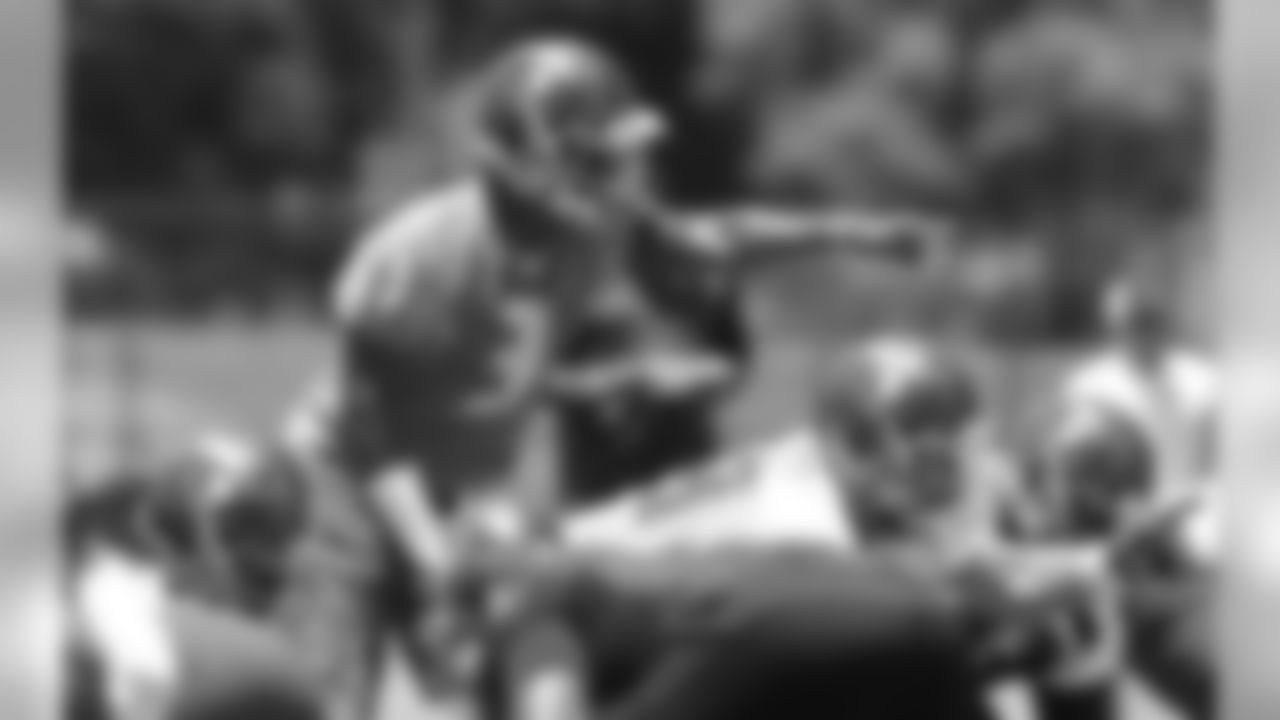




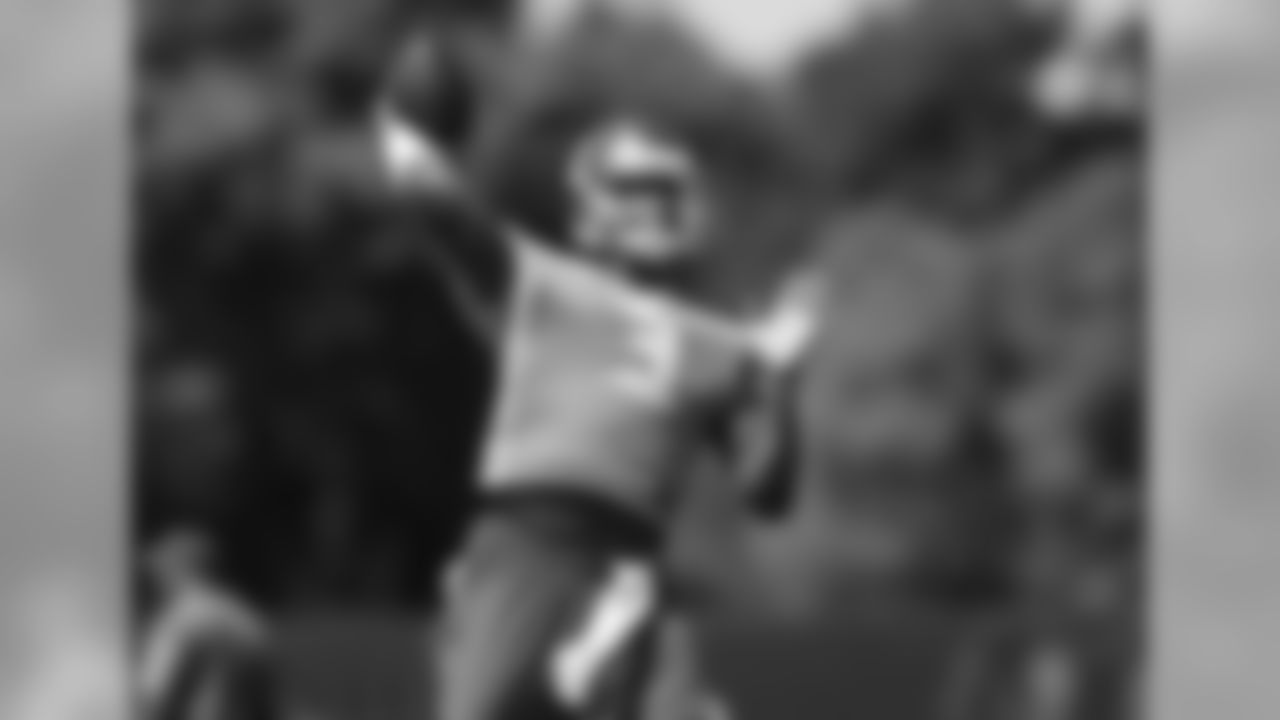











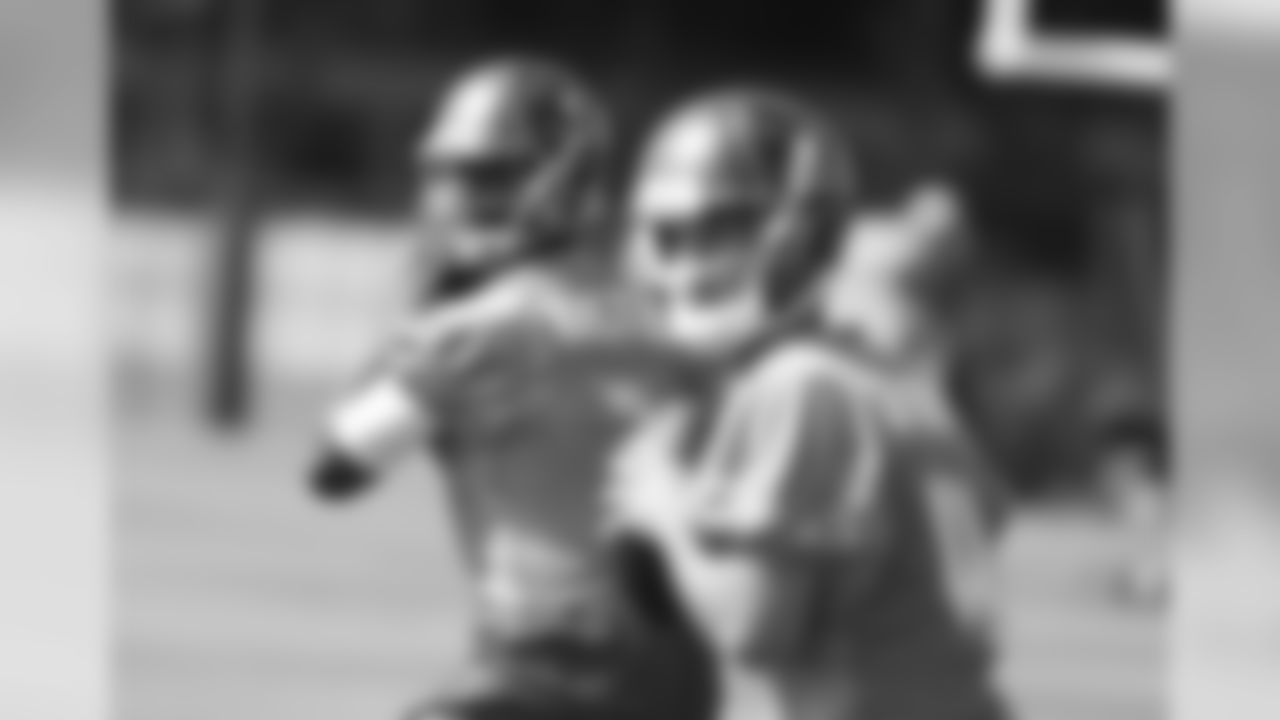






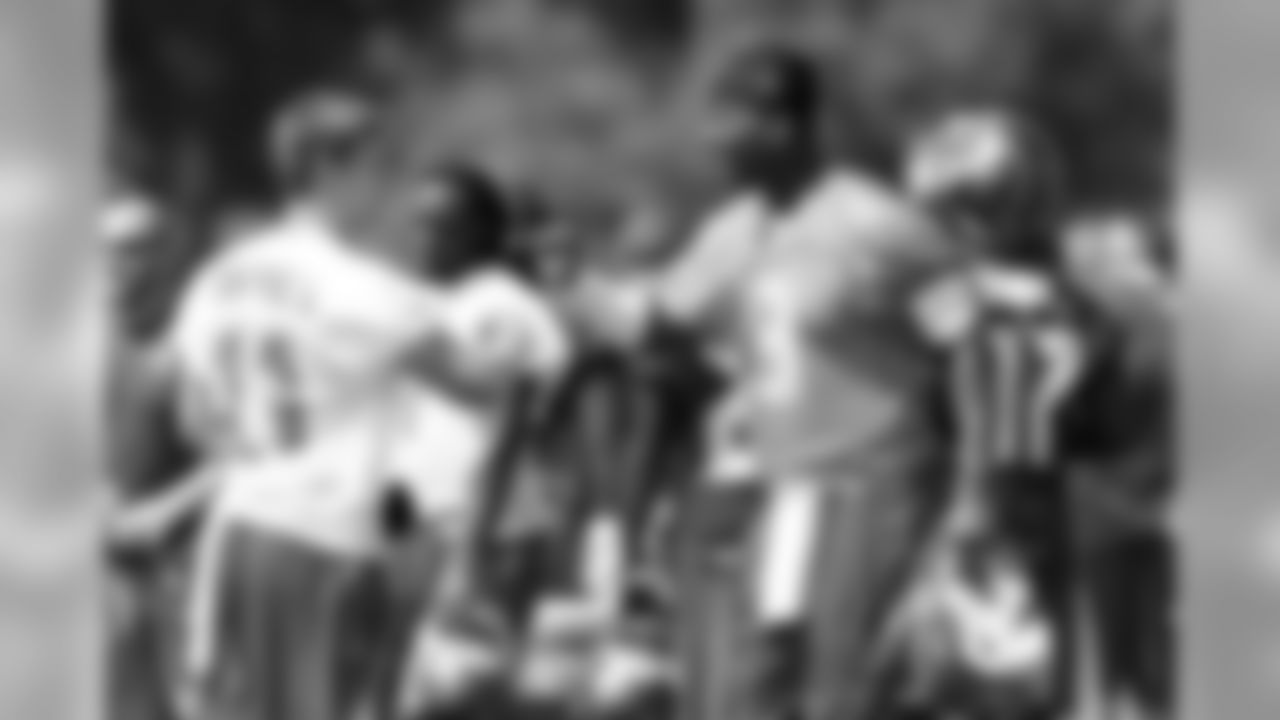



















As such, over the last two decades some rather big names have changed teams in June, long after the initial rush of free agency was over. Deion Sanders went from Dallas to rival Washington in that manner in 2000, and fellow first-ballot Hall-of-Famer Jerry Rice moved from San Francisco to Oakland the following year. The New York Giants got a high-profile quarterback in June of 2004 when Kurt Warner was released by St. Louis.
These days, such A-list summer movers are rare. The most recognizable names to sign on with new teams at the end of last week were probably offensive linemen Nate Chandler and Patrick Omameh, and neither had been recently released by another team. There are two reasons for this shift. First, a rule change in 2006 allowed each team to designate up to two players as post-June 1 cuts while actually releasing them much earlier in the spring. This was a minor concession to the players, who didn't have to sit out the early round of free agency just because they were going to be eventual cap casualties. Second, most teams have become better at avoiding cap Armageddon through the years, both through practice and a cap that is constantly on the rise.
SOCIAL: BEST OF THE BUCCANEERS, JUNE 5TH
So, on one hand, June 1 isn't a particularly significant date on the league calendar any longer, other than for bookkeeping reasons. On the other hand, an NFL roster is never really final, and teams find ways to tweak their own groups 12 months a year. The Buccaneers are no exception.
The best photos from the first week of OTAs.

HC Dirk Koetter

OL Kevin Pamphile

C Joe Hawley

LBs Kwon Alexander and Lavonte David

DE Robert Ayers
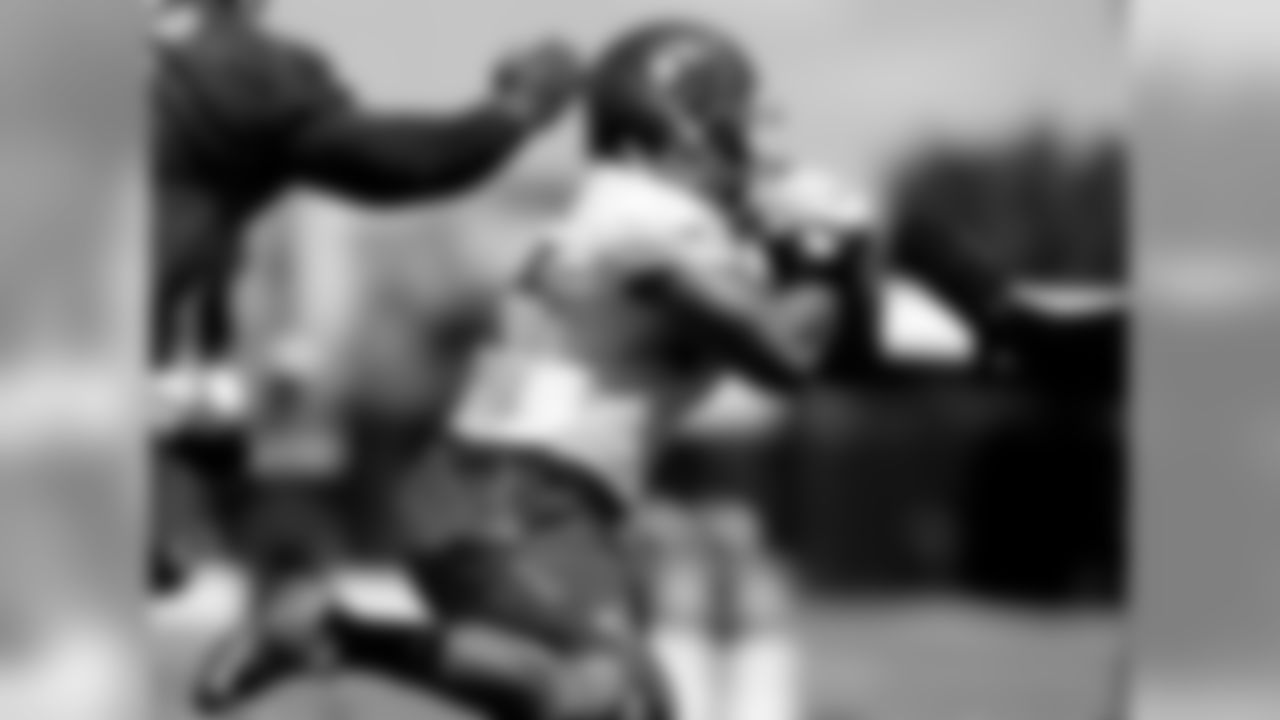
RB Doug Martin

CB Brent Grimes

RB Peyton Barber

WR Mike Evans

CB Jude Adjei-Barimah

Martin Gramatica and HC Dirk Koetter

RB Doug Martin

LBs Daryl Smith and Kwon Alexander

QB Jameis Winston

G Ali Marpet

LB Kwon Alexander
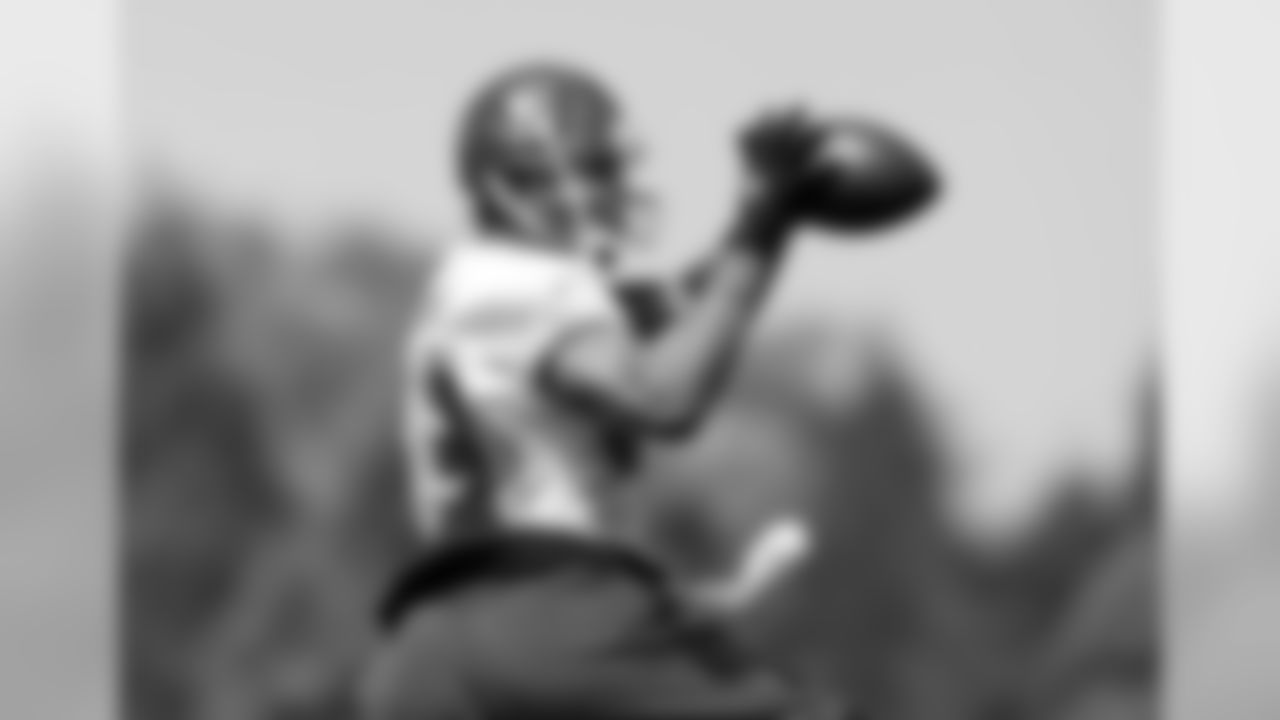
WR Vincent Jackson

WR Kenny Bell

TE Kevin Cartwright

RB Doug Martin

QB Jameis Winston

TE Austin Seferian-Jenkins

CB Vernon Hargreaves

WR Mike Evans

DE Kourtnei Brown

CB Vernon Hargreaves
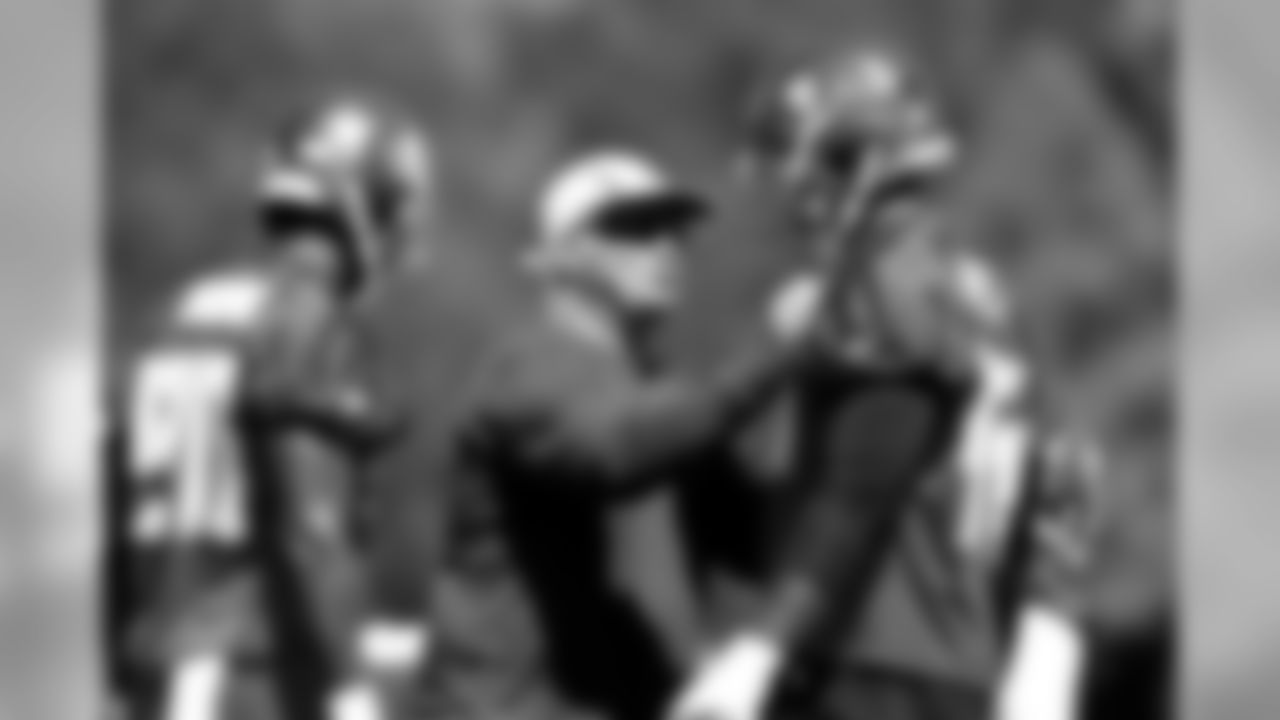
DC Mike Smith

DE Howard Jones

CB Brent Grimes

QB Jameis Winston
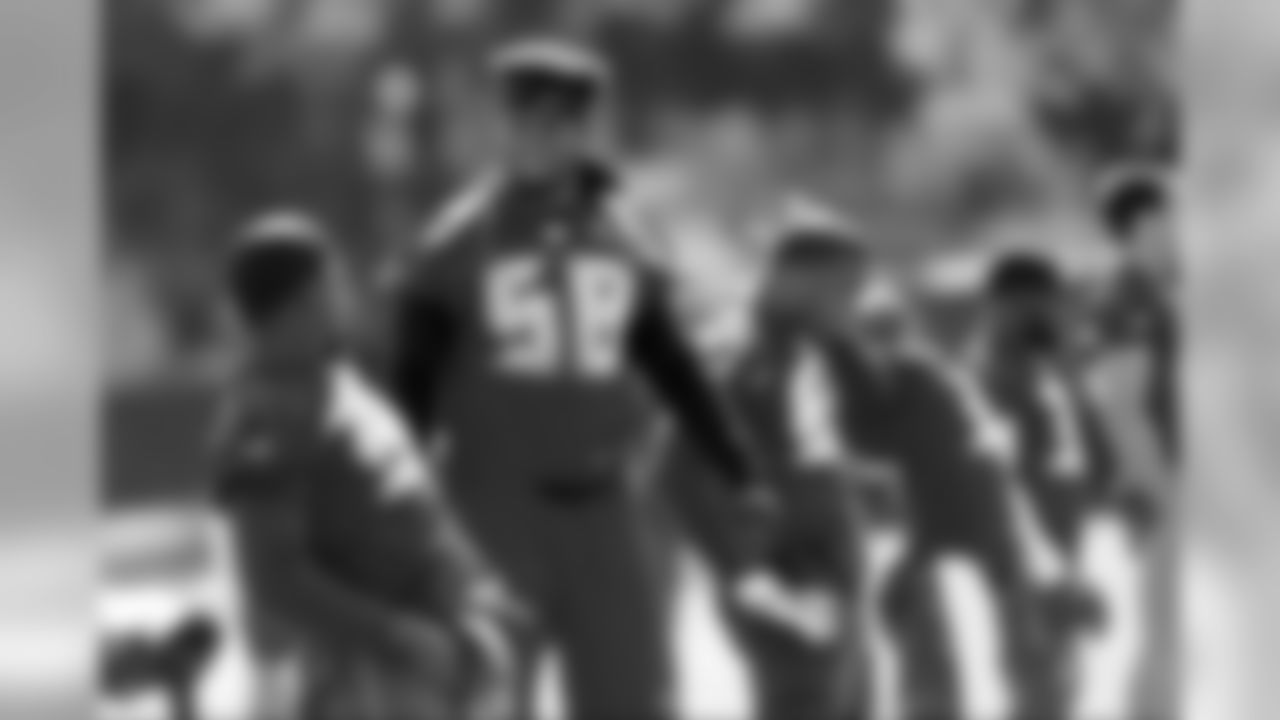
LB Kwon Alexander

WR Kenny Bell

CB Vernon Hargreaves

QB Jameis Winston

K Roberto Aguayo

RB Doug Martin

QB Jameis Winston and HC Dirk Koetter

WR Mike Evans

TE Danny Vitale and HC Dirk Koetter

HC Dirk Koetter
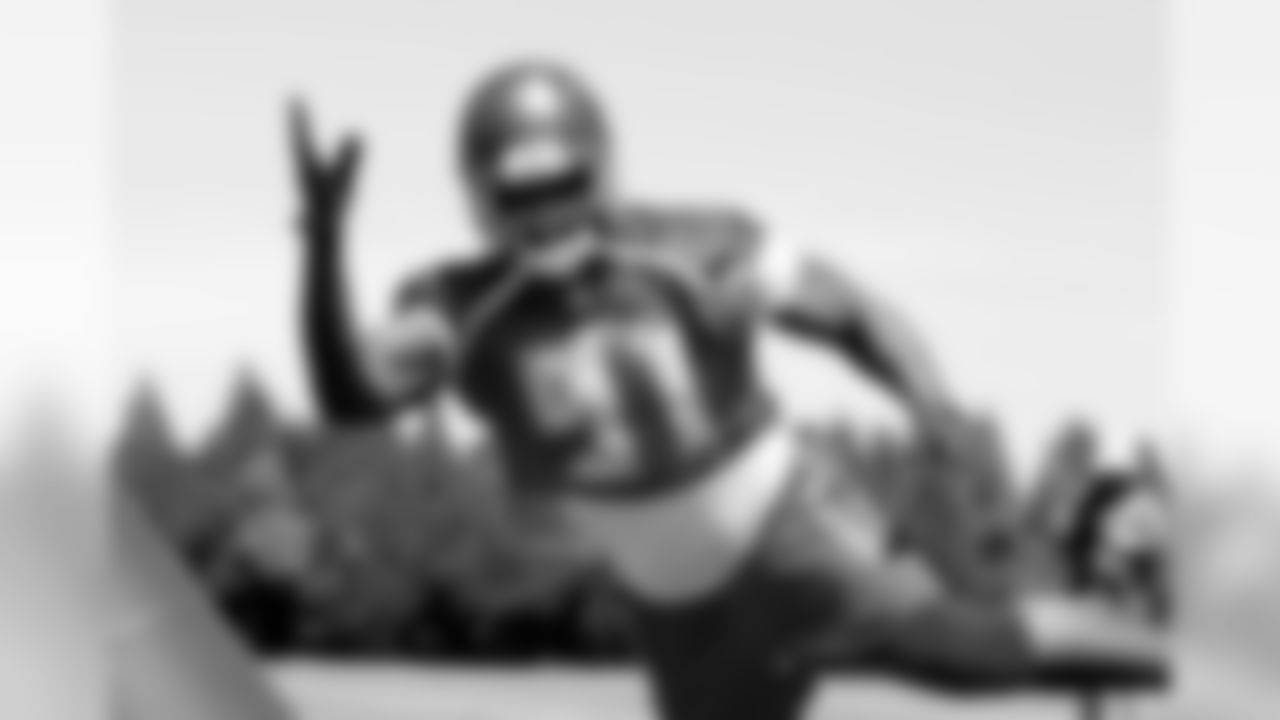
DE Robert Ayers
There are two weeks left in the Bucs' offseason program, and the players are focused mostly on learning the playbook and fighting for jobs. Head Coach Dirk Koetter and his staff are focused on helping them do so, and at some point they'll have the job of cutting a 90-man roster down to 53. Meanwhile, General Manager Jason Licht and his staff always have an eye on available players, and it certainly wouldn't be a surprise to see another move or two before training camp.
To commemorate the transition into summer and pay homage to the ghost of the old "June 1" milepost, let's look at four (well, five actually) of the most significant roster additions the Buccaneers have made in June. We'll save the best one for last.
1. June 4, 2001: Bucs sign CB Corey Ivy and LS Sean McDermott

These were not exactly household names when they arrived in Tampa. Originally an undrafted free agent in 1999, Corey Ivy had bounced around with a few teams – including a stint in the old World League, later known as NFL Europe – but had not yet appeared in a regular-season game. Sean McDermott was a near-broke part-time bartender who had driven down from Kansas just to take the longest of long shots.
And, truth be told, they aren't exactly household names for most Buccaneer fans today. But those signings would end up having a big impact on Tampa Bay's special teams, and Ivy would win a Super Bowl ring.
Ivy didn't make an immediate impact. He showed enough to make the practice squad to start the season, and later spent a few weeks on the active roster, but he did not appear in a game. However, over the following three seasons (2002-04), Ivy played in all 48 Buccaneer games and turned into one of the better special teams players in team history.
The Bucs picked up Ivy after he had a great season in the short-lived XFL, including five interceptions. After his 2001 season in Tampa, the team sent him to Europe to play for Frankfort. When he got back, he won a roster spot and racked up 23 special teams tackles. He filled the same role the next two years, with 33 more stops in kick coverage, and also got some time as a nickel back on defense in 2003. After leaving the Buccaneers, he played for another five seasons in the NFL.
McDermott turned his long-shot tryout into a roster spot and won the long-snapping job for the Buccaneers in 2001. He would play only one year in Tampa, but that's partly because he did his job so well. There was an expansion draft for the new Houston Texans in the 2002 offseason, which involved protecting a certain number of players, and the Bucs left McDermott unprotected. The Texans pounced, and he was the long-snapper in Houston in 2002.
2. June 2, 1994: Bucs sign CB Charles Dimry

Charles Dimry was not a post-June 1 roster casualty. He had already spent six seasons between Atlanta and Denver before becoming an unrestricted free agent in the spring of 1994, just the second year of the new system. Dimry tried out for four teams in March and May, but didn't find a home until the Bucs (one of those four teams) came calling in June.
And it was a good call for Tampa Bay. Dimry came in and immediately assumed a starting position opposite Martin Mayhew, another good pickup from the year before. Over the next three seasons, Dimry would play in all 48 games and start 39 of them. His interception total in Tampa – three over four years – wasn't eye-opening, but he was a solid starter for a team in transition. That's a pretty effective summer acquisition.
3. June 13, 2003: Bucs trade WR Marquise Walker to Arizona for RB Thomas Jones

This one had less to do with the NFL calendar and more to do with two teams deciding they could go no further with a once-promising prospect. As it turned out, the resulting trade was a big win for the Buccaneers.
In order to acquire the rights to Head Coach Jon Gruden early in 2002, the Buccaneers sent four draft picks to the Oakland Raiders: first and second-rounders in '02, another first in '03 and a second in '04. That meant the first pick that Gruden's Buccaneers made in April of 2002 was in third round, and they used it on Michigan wide receiver Marquise Walker.
As you'll see in a moment, the Bucs would make a much better addition to their receiving corps about five weeks later. The Walker pick did not work out at all. Walker had size but that wasn't enough to make it in the NFL. He made the 53-man roster in 2002, as one would expect from a third-round pick, but he was inactive for four games before landing on injured reserve.
Meanwhile, the Arizona Cardinals were about to head into their fourth season with former Virginia running back Thomas Jones, whom they had selected with the seventh-overall pick in the 2000 draft. Jones had been a disappointment for the Cardinals, averaging a little over 400 yards per season and 3.5 yards per carry from 2000-02.
And so, about halfway through June, the Bucs and Cards made your typical "challenge" trade, with Tampa Bay getting a formerly very promising runner and Arizona getting a big receiver who had piqued some interest a year before in the draft. Walker never played a regular-season game in the NFL, but Jones managed to completely resurrect his career in Tampa.
It helped Jones that Mike Alstott suffered a season-ending injury early in the 2003 season. The Bucs still had another former Cardinal, Michael Pittman, but not much else. After playing sparingly for 10 weeks, Jones ripped off a 61-yard run as part of a 134-yard performance against Green Bay in November. After that, the Bucs gave Jones a much bigger role; over the last four games he carried 84 times for 364 yards, averaging 4.3 per tote.
Of course, part of the reason that the Cardinals were willing to part with Jones in exchange for an untested receiver was that Jones was heading into the final years of his contract. His impressive one-year cameo in Tampa piqued interest around the league and Jones got a lucrative new deal to play for the Chicago Bears. After three very good years in the Windy City, he got another contract with the New York Jets and averaged nearly 1,300 yards and 10 touchdowns over the next three campaigns. Amazingly, Jones, who looked like a bust after three years in the desert, ended his NFL career with more than 10,000 rushing yards.
4. June 8, 2002: Bucs sign WR Keenan McCardell, who had been released by Jacksonville on June 3

This is the best roster move the Buccaneers have ever made in the month of June, and it very much fit into the old cap-casualty mode.
As mentioned above, the Buccaneers traded serious draft assets to get Jon Gruden, and he inherited a rather unbalanced team. Tampa Bay was virtually set on defense – and the 2002 crew would prove to be one of the best ever – but the offense had always lagged behind. The team's moves after Gruden arrived were largely based on adding firepower to the offense, including such additions as Michael Pittman, Joe Jurevicius, Ken Dilger, Rickey Dudley, Roman Oben and Kerry Jenkins.
The Bucs also had Brad and Keyshawn Johnson on hand, and while they had lost Warrick Dunn to the Falcons they still had Mike Alstott. That didn't stop Gruden from searching for more talent for his passing game, and an opportunity arose when the Jaguars had to cut ties with Keenan McCardell.
McCardell was already 10 years into an NFL career that had been unbelievably productive for a former 12th-round draft pick. He was 32 years old, and the Jaguars had cap problems, and that led to his June release despite a 2001 season in which he caught 93 passes for 1,110 yards and six touchdowns. It was his fourth 1,000-yard campaign in a six-year span. When the Jags let McCardell go, it was no secret that Gruden's Buccaneers were interested.
A deal was struck five days later, and the rest is (Super Bowl) history. McCardell joined Johnson in the starting lineup, and though it took a while for the Bucs' passing game to heat up, it was more than good enough in the postseason. McCardell's 61-670-6 receiving line in the Super Bowl year wasn't overwhelming, but he was part of an effective trio with Johnson and Jurevicius. In Super Bowl XXXVII, McCardell helped the Bucs open up a 34-3 lead by catching one touchdown just before halftime and another one after the intermission.
In 2003, Jurevicius struggled with injuries and Johnson eventually fell out of favor and was rendered inactive for the last six games of the season. That made McCardell the clear number-one option in the passing attack and he made the most of it, catching 84 passes for 1,174 yards and eight touchdowns. That led to McCardell's first Pro Bowl berth in seven years, but it also led to a holdout the next summer and he was eventually traded to San Diego.






















